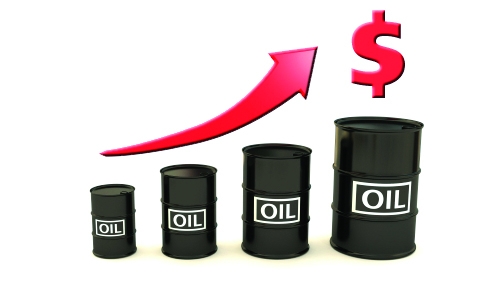High oil prices may affect its sustainable demand in long run
Manama : If oil price stay below US$75, the peak demand for oil may not happen till 2050, according to a recent report.
Bank of America Merril Lynch (BoAML) report says “In our base case, we expect that growth in transport demand will continue to more than offset fuel efficiency gains and substitution to alternatives. As such, peak global oil demand lies beyond 2050, as long as we remain in a relatively low oil price environment of $55-75 per barrel in real terms.”
If the oil prices move to more than US$100 a barrel, or, if the world moves aggressively to electric vehicles or fuel efficiency improves drastically, the peak oil demand may get preponed to 2030.
“Demand for oil from cars will likely peak as soon as 2030, due to a surge in mandated fuel-efficiency standards. The decline is exacerbated by a gradual increase in electric vehicles, rising from one pc of car sales today to 20 pc by 2050,” the report notes.
But, this will be more than offset by the increased oil demands from other transport like heavy trucks, planes and ships, which are not subjected to strict efficiency standards.
“In sum, we project global oil demand growth to slow from 1.2pc p.a. in 2016-20 to 0.5pc in the 2020s and 0.1pc in the 2040s and 50s,” says the report.
If electric vehicles (EVs) demand surges after 2020, the oil demand would peak early, by 2030 says the report.
“When EVs take off and their share of car sales consistently grows by 1.5 percentage points per year, global oil demand peaks 10 years later, on our estimates. Higher oil prices, for example, could force speedier EV adoption. At US$100 oil, a slowdown in transport demand growth, weaker efficiency gains and higher EV adoption would likely force global oil demand to peak by 2030. At US$100 oil, however, most oil reserves turn economically exploitable, so non-OPEC supply would eventually return to firm growth. In short, us$100 oil would be self-defeating in the long run, as it would bring forward peak oil demand in the face of a rapid supply expansion
Related Posts

